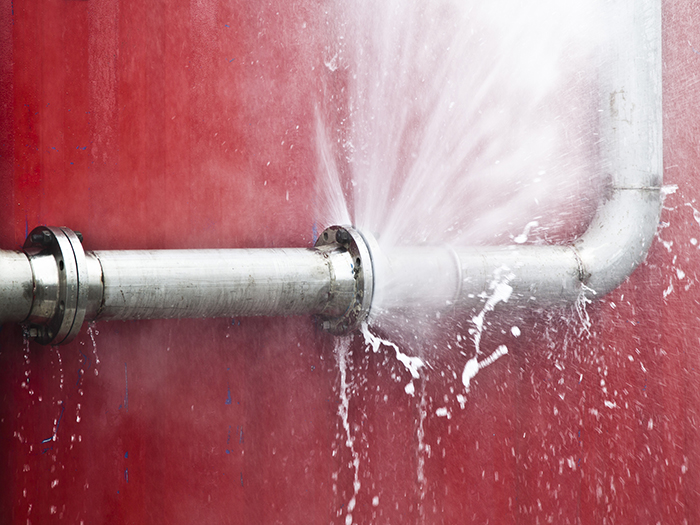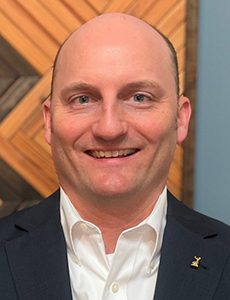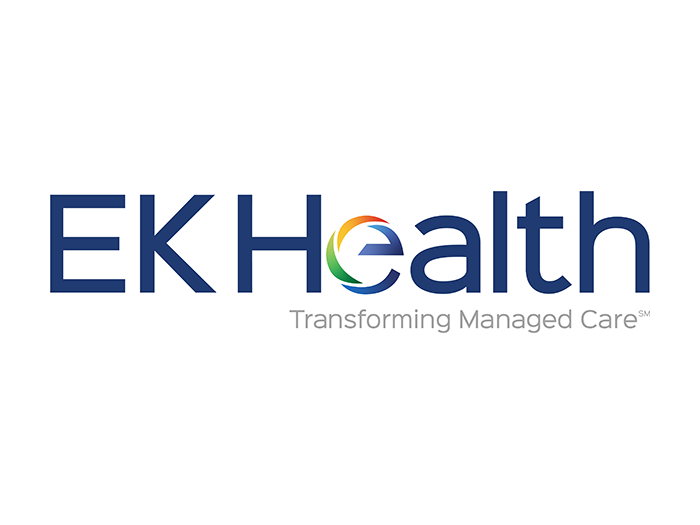Sponsored Content by The Hartford
Water Damage Claims Continue to Drive Non-CAT Property Losses. How Water Damage Prevention Programs Can Help

When a building suffers water damage, many would think a heavy rain or hurricane was the primary cause.
But not all water damage is due to major storms. In fact, about 75% of all real estate water damage losses are caused by the accidental discharge of plumbing, HVAC systems and appliances, the Hartford reports.
These losses aren’t just limited to claims for structural damage. Loss of income, the expense to rebuild and the cost of relocating residents during any building repairs can all add up. Certain industries and types of buildings face higher risks than others. Health care and hospitality structures are just two examples.
These costs can be reduced, however, if a commercial property owner employs a water mitigation plan, especially one that uses Internet of Things (IoT) technology. Water sensors, shut-off valves and other tools can detect when a leak occurs, enabling someone to step in and assess — or maybe even prevent — the damage.
“It’s important to take proactive measures to avoid water damage through a water damage prevention program,” said Caleb Woodby, large property underwriting officer at The Hartford. “It really helps to mitigate the loss.”
Common Causes of Non-CAT Water Damage

Caleb Woodby, Large Property Underwriting Officer, The Hartford
A number of factors can cause buildings to suffer from water damage. Compromised building envelopes, bursting pipes and other factors can cause water to infiltrate a building and lead to mold and other forms of damage. Poor workmanship, improper installation and defective or substandard materials can also be part of the root cause of water damage.
An internal review of the five years of loss activity from 2015-2020 by The Hartford found three leading causes of water damage: Accidental water discharge, freezing pipes and sprinkler leakage. Accidental water discharge accounted for 54% of claims, freezing pipes 23%, and sprinkler leakage 16%.
“One of the biggest causes of water loss is accidental discharge,” Woodby said.
These losses can be high. Woodby gave the example of a pipe failure on a discharge pipe from a pool that caused thousands of gallons of water to flow down multiple floors of a building before the issue was discovered the next morning. “The water ran overnight and there was nothing to stop the flow,” he explained, resulting in costly losses.
What Industries and Buildings Are Most At-Risk?
Though non-CAT water damage can affect any commercial property, some industries and types of buildings are at higher risk.
The Hartford’s internal data reveals that the habitational, health care and hospitality industries have the highest frequency of loss activity from water damage claims. The sheer number of appliances, laboratories, heating & cooling systems and related piping systems in residential, condominiums, hotels, public entity and commercial high-rise buildings, mean that these items alone produce many of the highest costing water damage claims.
“We’re seeing increases in water damage activity for hotels, senior living care condominiums, and other residential occupancies,” Woodby said.
“We are also seeing water damage in hospitals. Loss activity is more severity driven because even a little bit of water could damage sensitive equipment.”
Certain types of buildings are also at increased risk. High rises and older buildings are two structures in particular that face a higher-level of non-CAT water damage risk.
High rises frequently see non-CAT water damage claims with increased severity due to their vertical risk. If there’s a leak in a utility room on the 12th floor of a building, for example, water flows downward, damaging multiple floors in the process. If it gets into the walls, the building could then suffer mold damage as well. Water intrusion into elevator shafts, electrical bus ducts and other vertical spaces helps accelerate and increase property damage.
“We’re seeing more severity in high-rise buildings,” Woodby said. “We did a loss analysis and we found a direct correlation in the increase of the average losses over time, over a five year period as you go up in building height. You can start seeing more water damage severity in buildings with 10 floors or more.”
Older buildings are also at an increased risk. As a property ages, roofs, piping systems and other parts of the building envelope deteriorate, making them more prone to failure. Sources of losses include roof drainage systems, HVAC drain pans, refrigeration appliances, hot water heaters and plumbing systems, all of which need to be properly maintained.
“A lot of times there’s a lack of general maintenance for the building and equipment,” Woodby said. “It is important not to lose sight of the fact that these systems age and need to be maintained.”
How a Water Damage Prevention Program Can Reduce Claim Severity

Camryn Santos, Director of Strategy for the IoT Innovation Team, The Hartford
To address concerns related to water damage claims, Hartford’s Risk Engineering Organization developed a comprehensive Water Damage Prevention Program which includes the use of Internet of Things products. The program uses water sensors, flow monitoring systems, automatic shut-off switches and temperature and humidity monitoring tools among other technologies to detect water leakages before they can cause large amounts of damage.
“We’re looking to proactively use this water sensor technology to mitigate those risks,” said Camryn Santos, director of strategy for the IoT Innovation Team at The Hartford.
In most cases, the devices are used to detect water, allowing risk managers to step in and contact the people needed to stop the leakage before it causes too much damage. But in some cases, tools like temperature monitors, could detect freezing conditions that may cause pipes to burst, before a loss occurs.
The Hartford is also committed to learning from past losses in order to constantly improve their technology.
Santos gave the example of rooftop chiller equipment failing due to freezing temperatures as an example of a way the enterprise has learned to improve their technology over time.
After a rooftop chiller failed due to freezing conditions that were uncommon in the area, The Hartford’s IoT Innovation team realized that both temperature monitoring devices and strategically placed water sensors can help detect a burst pipe early on. If the temperature monitoring devices fail for whatever reason, the water sensors can help prevent egregious amounts of damage from occurring.
“There’s a second layer of protection where we’d get an immediate alert if the pipe actually did burst,” Santos said.
As these tools develop, The Hartford will continue to find new ways to use them and help insureds prevent and mitigate risk.
“Our primary objective as an IoT team is focused around leveraging technology to prevent or mitigate risk,” Santos said.
To learn more about The Hartford and its water damage prevention program, visit: https://www.thehartford.com/insights/home-workplace-safety/real-estate-water-damage.
The information provided in these materials is intended to be general and advisory in nature. It shall not be considered legal advice. The Hartford does not warrant that the implementation of any view or recommendation contained herein will: (i) result in the elimination of any unsafe conditions at your business locations or with respect to your business operations; or (ii) be an appropriate legal or business practice. The Hartford assumes no responsibility for the control or correction of hazards or legal compliance with respect to your business practices, and the views and recommendations contained herein shall not constitute our undertaking, on your behalf or for the benefit of others, to determine or warrant that your business premises, locations or operations are safe or healthful, or are in compliance with any law, rule or regulation. Readers seeking to resolve specific safety, legal or business issues or concerns related to the information provided in these materials should consult their safety consultant, attorney or business advisors. All information and representations contained herein are as of March 2022.
The Hartford Financial Services Group, Inc., (NYSE: HIG) operates through its subsidiaries, including the underwriting company Hartford Fire insurance Company, under the brand name, The Hartford®, and is headquartered in Hartford, CT. For additional details, please read The Hartford’s legal notice at www.thehartford.com.
![]()
This article was produced by the R&I Brand Studio, a unit of the advertising department of Risk & Insurance, in collaboration with The Hartford. The editorial staff of Risk & Insurance had no role in its preparation.










